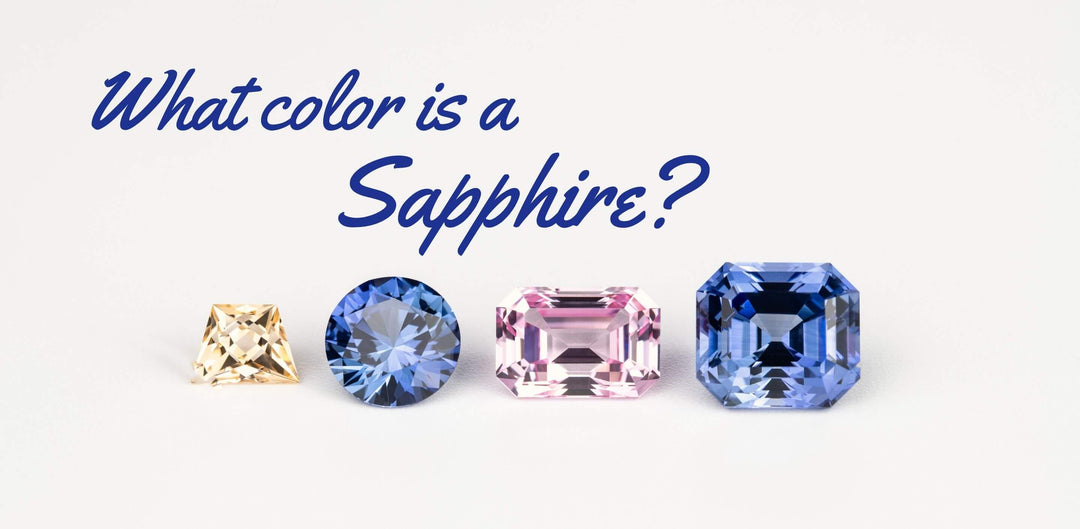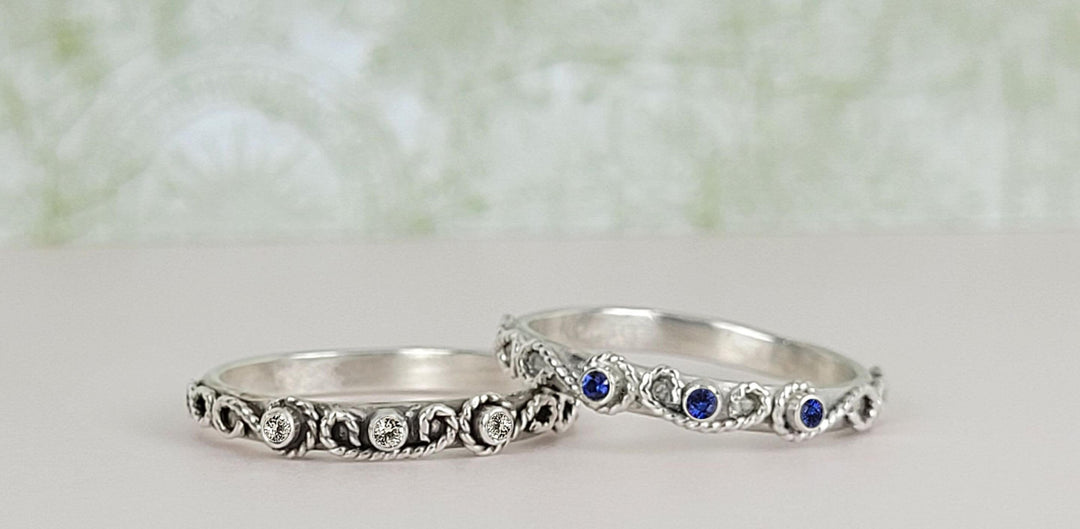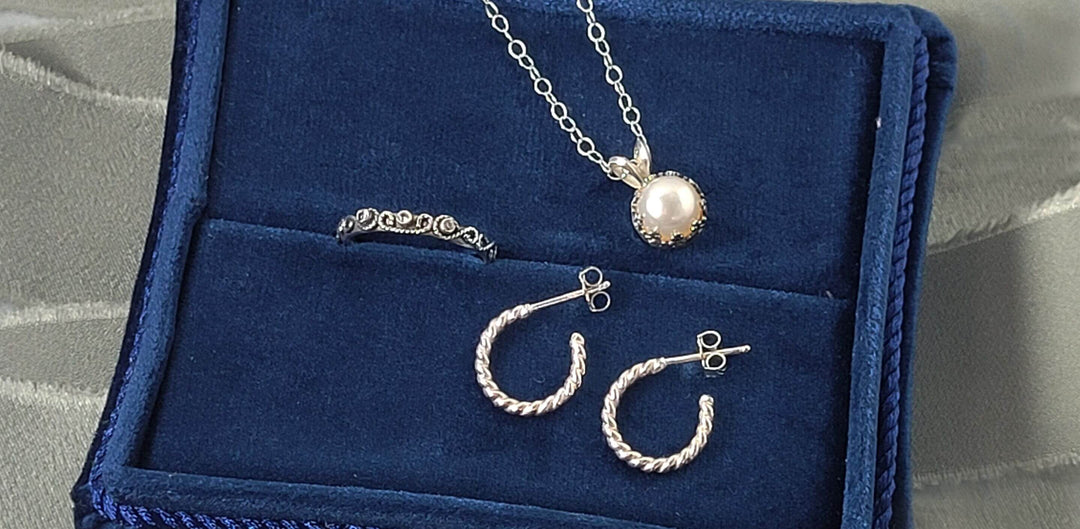The Difference Between a Ruby and a Sapphire
Rubies and sapphires are two of the most sought-after precious gemstones that are set in jewelry. And when it comes to engagement rings, rubies and sapphires are very popular choices among some brides because these gemstones are not only as beautiful but just as durable, as a diamond. But did you know that a ruby is actually a sapphire, but sort of in disguise?

Well, they are. What most people do not know is that rubies and sapphires are intimately related in that they share the same chemical composition because they are both a part of the same mineral family called corundum, which is an extremely hard aluminum oxide. (Almost as hard as a diamond.) What makes them each considered a different gemstone is a very small amount of mineral impurities that determine if the stone will become a beautiful blue sapphire or a radiant red ruby. These trace amounts of impurities can also produce other colors such as yellow, pink, purple, green and orange. When this happens in corundum, these colorful gemstones are called "fancy sapphires."
So what exactly makes a ruby a ruby?
Well, rubies are corundum that includes the impurity chromium. Small amounts of chromium give a ruby a pink color while larger amounts produce a ruby with that sought-after intense red color. However, that radiant red color we all know and love a ruby to be doesn't happen all that often naturally. This is one of the reasons for the expensive price of rubies. Another reason is that very few naturally red rubies are perfect enough to be cut into a beautifully faceted stone, which is also the most desired gemstone cut. So, many of the rubies that you see in jewelry are actually heat-treated to bring out their red color. This heat treatment is permanent as long as you protect the stone from intense heat or chemicals and generally does not fade over time. It can also be the difference between a 3 carat stone that may cost $1,700 and a non-heat treated stone that costs over $20,000.
What makes a sapphire a sapphire?
Sapphires get their beautiful blue color from small amounts of iron and titanium, and they can range anywhere in color from a light blue to a deep dark blue with the most sought-after color being somewhere in the middle. These impurities also create other colorful corundum stones, known as "fancy sapphires," in the colors of pink, orange, purple, green and yellow. Blue sapphires form much more easily in nature than their sister the ruby, which is why they are not as expensive as rubies. However, it is common practice to heat-treat sapphires as well to bring out their depth of color, and this process can make a difference in the price you pay for your stone.

So, although rubies and sapphires are pretty much the same stone, it's the little things that make a big difference. And thanks to these little things nature decides to throw in at random, we get a spectrum of colors to choose from to make each stone, and therefore each piece of jewelry unique.




